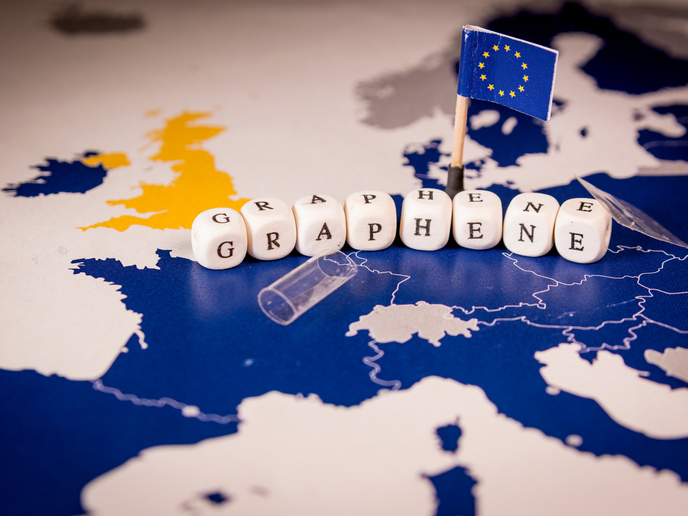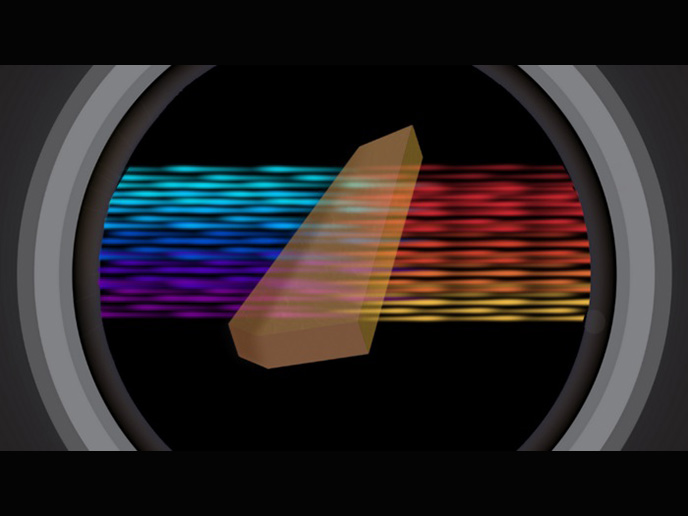Testing superconductivity theories using nanomaterials
Superconductivity, described as zero electrical resistance and expulsion of magnetic fields, was discovered over 100 years ago. Since then, many explanations have been offered to describe this unique quantum mechanical phenomenon. Now it is becoming possible to verify the theories and gain better understanding of superconductivity using newly discovered and artificially created materials. The recently completed project SIMTECH (New century of superconductivity: Ideas, materials, technologies) unified highly recognised experts and young researchers from France, Italy, Russia and Ukraine. The main goal of SIMTECH was to study and optimise the mechanisms of superconductivity in novel systems and materials. The project aimed to realise new superconductive nanosystems with high critical parameters, study them and develop new diagnostic methods to investigate the (pseudo) gap state properties. SIMTECH developed a general theory of quantum and thermal fluctuations in superconductors and applied it to characterise novel superconductors. Theoretical work also included the theory of artificial networks of superconducting nanograins and the theory of hybrid superconducting-ferromagnetic systems. The project produced a new thermodynamic approach to describe thermal, thermoelectric and thermomagnetic transport in condensed matter. SIMTECH used a unique method to describe quantum and thermal fluctuations in superconductors. Scientists performed extensive investigations of the band structure, anomalous electrophysical, magneto-optical, thermoelectric, thermomagnetic and thermospin properties of plain, gapped and multilayered graphene. Describing new trends in superconductivity in over 150 publications, SIMTECH demonstrated the achievements and beauty of modern science and the importance of its international nature.







